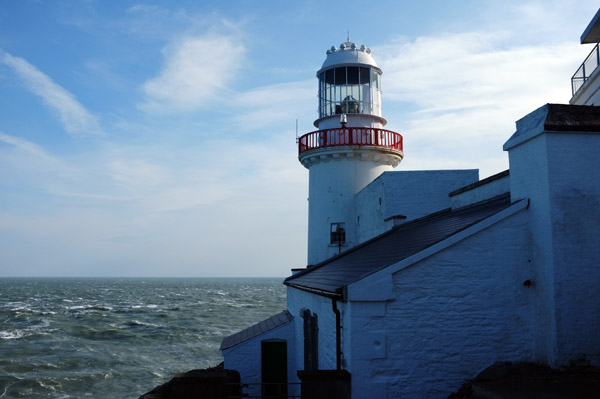When I was at school, I loved long distance running. Then I left, went to university and took some strange pride in the fact that the only exercise I took was a weekly or bi-weekly drunken dancing session at my favourite club.
Fast forward 10 years and some intermittent running spells in between that never lasted as long as they should, if I was going to remain the size I liked being and carry on eating all my favourite foods, I needed to throw the running shoes back on and re-learn to love the burn. So, here's some things I learned along the way:
Kit
Buy the right kit. This doesn't mean "splash out on loads of expensive gear" as it's really not necessary. With the exception of spending what you need to on running shoes, socks and bras if you're female, running is a pretty inexpensive sport. I found Karrimor kit to be just as good as some of the more specialist brands. It's still the same lightweight fabric and costs a lot less than some of the bigger brands!
I started off running wearing an old vest-top, a pair of particularly pendulous tracksuit bottoms (which made me feel like a rather fetlock-y shire horse going for a gallop), and some 15 year old trainers dating back to my schooldays, so it's easy to make do with what you have. However if you're going to take running that bit more seriously, it's worth spending a little bit of money on kitting yourself out.
Here's what works for me:
- Karrimor capri run tights - great, lightweight tights that fit like a dream and don't rub. They even have a handy zip pocket at the back for your keys! The full length version are great for winter too.
- Karrimor long/short sleeved tees - super comfortable and quick-drying running tops. I don't like clingy tops when running, so these are perfect for me.
- Nike running jacket - lightweight, water resistant and the perfect weight for winter runs when teamed with my Karrimor long-sleeved tee. It even has a handy stowaway hood in case you get caught in a shower!
- Shock Absorber Run Bra - aside from shoes, the only bit of kit I really spent any money on. I have an E-cup chest, so good scaffolding is worth its money in gold. These are the best I've tried! I love the security of the double-clasp at the back.
- Leukoplast zinc oxide tape - the best protection against blisters I have used. I shredded my feet breaking in some new heels, and this meant that I could still run without aggrevating the raw spots.
- Band Aid Friction Block - again, reduces friction on any spots which are particularly prone to rubbing. Great for breaking in running shoes and killer heels alike, and I've also discovered that it's brilliant too on areas like underarms that can sometimes chafe when running, .
- Karrimor D30 trainers - not a bad purchase per se: they support my feet well and are brilliantly comfortable up to about 6km. However, beyond that distance, my pair seem to rub where the sole meets the sides, and not even two pairs of socks will solve the problem. I guess this is where the Leukoplast comes in handy!
It is well worth investing in a gait analysis when buying new trainers, as not all running shoes are created equal. Karrimor shoes unfortuately do not fare particularly well when reviewed (though they've been great for getting me back into running), and I'd recommend spending the extra £££ and going with a tried and tested brand such as Asics or Nike.
I've got high arches, so I need a shoe that supports these and means that I don't overpronate. I've also found that I prefer to wear a pair a size bigger than my normal shoe size to accomodate two pairs of socks and fat feet from pounding the pavements!
I've yet to mind myself getting picky about socks - I have several pairs of super-cheap Morrisons slightly padded sports socks, and these are fantastic. Doubled up, they reduce the worst of the rubbing from my shoes. However, I suspect that when I start running more than 10k at a time, I may well find I want something a little lighter and moisture-wicking. Who knows?
Next time: getting back into the groove (aka "How I learned to stop wheezing and love the burn)



















































